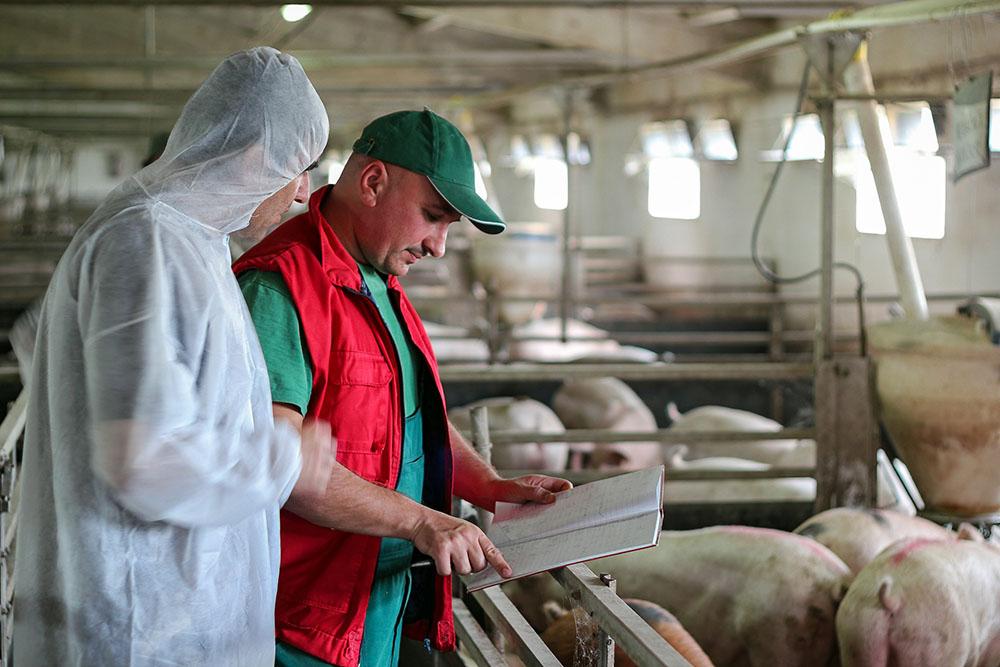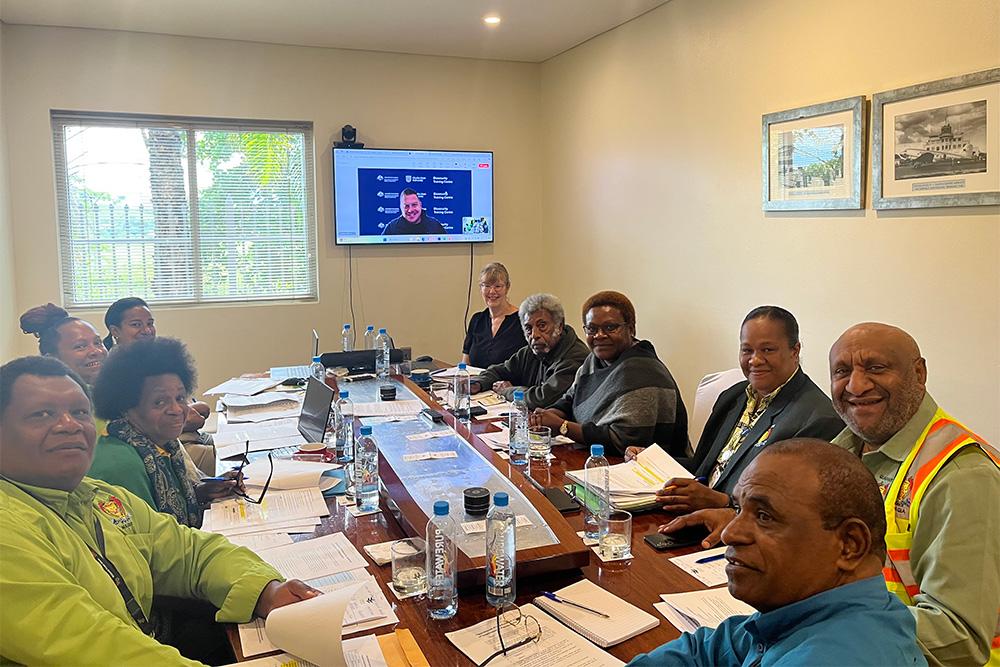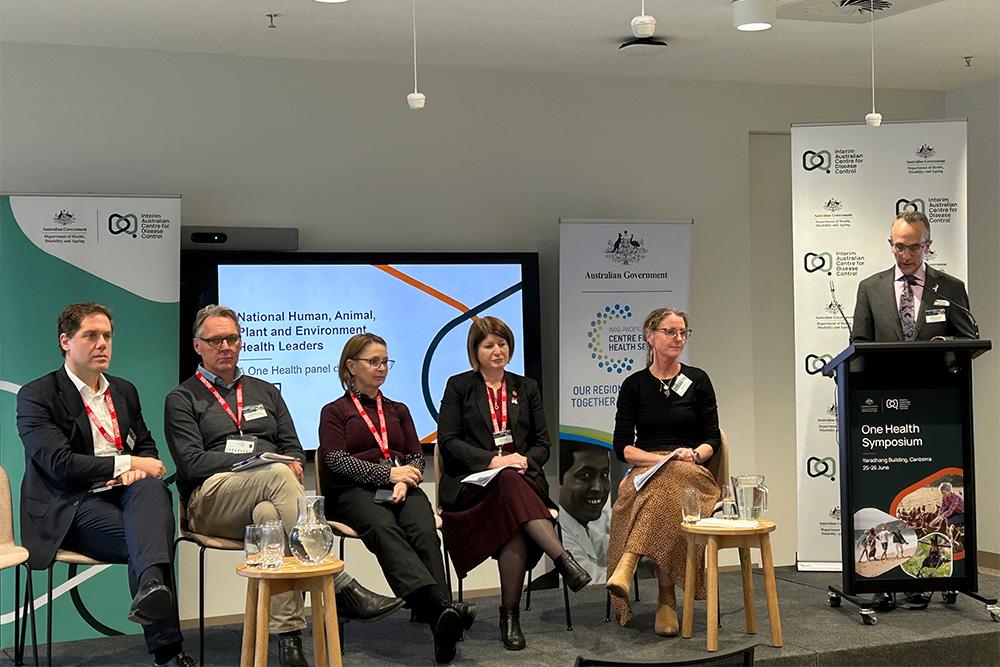The veterinary profession in Australia, and worldwide, is facing significant workforce challenges. Veterinarians play a crucial role in supporting Australian agriculture, animal owners, and wildlife by ensuring optimal animal health, welfare, and productivity. They also safeguard public health and food security through biosecurity activities, including emergency animal disease surveillance and response.
Many in the industry report issues with finding and retaining staff, particularly in rural areas. Long working hours, physical and emotional fatigue, poor mental health, substantial student debt, relatively low pay and conditions, cost of living pressures associated with lengthy work placement requirements as students, evolving work preferences, and increasing demand for veterinary services alongside rising client expectations.
Despite these challenges being well-known to those affected, there is a lack of comprehensive data to validate and quantify the problem. This data is essential to support advocacy and policy changes aimed at ensuring the sustainability of the profession.
In August 2024, the Department of Agriculture, Fisheries and Forestry hosted a National Veterinary Workforce Data and Governance Roundtable attended by over 60 stakeholders across government agencies, the veterinary sector, and other fields. An outcome of the roundtable was the agreement between participants that establishment of a national taskforce was necessary to investigate and recommend a preferred national approach for veterinary workforce data collation, storage, analysis and sharing.
On 14 February 2025, the Veterinary Workforce Data Taskforce (the Taskforce) was established. The Taskforce is independently chaired by Dr Helen Scott-Orr and includes representatives from the Australian Veterinary Association, Australasian Veterinary Boards Council, Veterinary Schools of Australia and New Zealand, Veterinary Practitioner’s Registration Board of Victoria, Veterinary Surgeon’s Board of Queensland, Australian Government Department of Agriculture, Fisheries and Forestry and the New South Wales Department of Primary Industries and Regional Development.
The Taskforce will operate for twelve months and explore options for defining, collating, housing, analysing, and sharing national veterinary workforce data, and ultimately recommend a preferred national workforce data solution.
Australia’s Chief Veterinary Officer, Dr Beth Cookson, states ‘It’s a privilege to champion this effort and support key parties coming together to drive meaningful change. The insights gained from this Taskforce will be a key tool in shaping future policies and workforce initiatives, ensuring that Australia’s veterinary sector remains strong, well-resourced, and equipped to respond to emerging animal health threats.’




